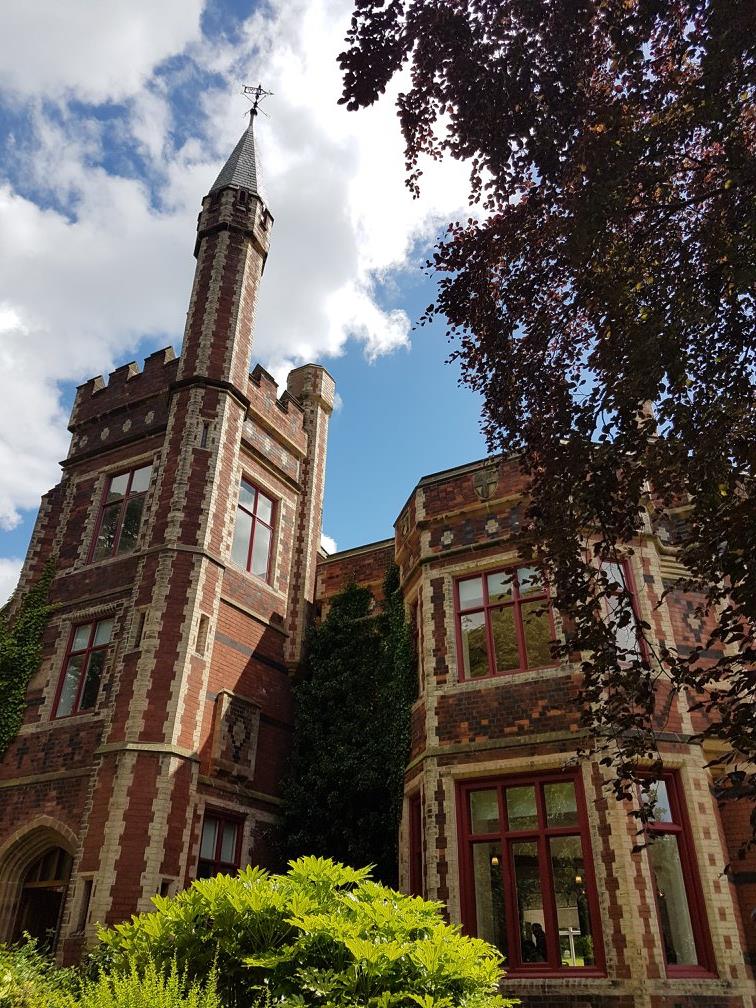Notes from the Field (x)
Solway Firth
I was last in Newcastle in 2014, ushering in the New Year and then my birthday with some very good friends, one of whom had been in my London book club of expats (with a few English folk tossed in), the Book Rangers. I blogged about that trip here, but I didn’t mention the mead we drank on NYE as we watched the fireworks and the drive to Solway Firth (which was freezing but gorgeous – the morning light was silver), then up to Hadrian’s Wall (the temperature was 2 degrees celsius!) thence to the famous Barter Books bookstore (housed in a restored train station), where I bought a copy of Praed’s Political Poems by Winthrop Mackworth Praed. We then headed down to a beach with a view to a ruined castle. It was almost pitch black and the wind cut my skin, but it was exhilarating to be beside a castle and the sea in air which, but for the moon, was thick with night.
This trip was more scholarly, though it was great to see my friends again and to meet their new addition, a charming son. Before I left for the UK, I contacted the Hancock Museum to see if I could find out any more about Mangles’ correspondents, author Jane Loudon (Mangles sent a copy of Loudon’s Ladies Flower Garden to Georgiana) and horticulturalist George Hailes (who grew some of Georgiana’s seeds). My query was passed on to Les Jessop, honorary librarian of the Natural History Society of Northumbria. There was no George Hailes, he wrote, but there was a George Wailes, founder of the Natural History Society.
I went back to Mangles’ letters and checked the writing; that lovely, scrolling ‘H’ was indeed a ‘W’. This was a revelation for both of us. Les had known Wailes mostly as an entomologist, but now realised that he’d had extensive involvement in plants. As for me, it meant I could check Kew Gardens’ and Chatsworth House’s archives for other letters by Wailes (I found one in which Wailes got a bit shirty with William Hooker over an exchange of plants, which amused me).
Saltwell Towers
George Wailes had a brother, William Wailes, who set up a successful stained glass manufacturing business, and his windows feature in dozens of churches. In 1860 William bought Saltwell Park, built a mansion and set about improving the grounds. He later ran into debt and sold the house and grounds to the Gateshead Corporation. It’s now a gorgeous park, so I took myself off to look at it on an unseasonably warm day (summer in England continues to surprise me). The house, known as Saltwell Towers, is still there, and I thought it was lovely.
Saltwell Park
I also took myself to Newcastle University’s archives to look at some letters between Jane Loudon and Pauline Trevelyan. Jane Loudon is a fascinating woman. I knew of her from Ann Shteir’s wonderful Cultivating Women, Cultivating Science, for she was a pioneer in making botany and gardening accessible to women by writing entry-level manuals (those that existed were for people, largely men, who knew quite a bit about these fields). I also knew her husband had died prematurely, leaving her high and dry, so she had turned to writing to support herself.
As I read more about Loudon in preparation for this trip, I found that history had repeated itself. Jane’s father had died when she was 17, so she published a novel she’d written, The Mummy, in 1827 to raise some some funds for herself. So Jane Loudon was one of the world’s first science fiction writers! Wonderful stuff. Also amazing was that John Loudon, editor of a magazine, reviewed the book and asked to meet the author. He assumed the person who turned up would be male, but then he discovered it was Jane, and married her a year later.
Laura Trevelyan, to whom Jane wrote the letters housed at Newcastle University, was a lightening rod for Victorian culture. She met her husband, a geologist, at a conference for the British Association for the Advancement of Science (which I think is a great story). She was an artist, and made her house in Northumberland, Wallington Hall, a place where she gathered friends such as John Ruskin, the Brownings (Robert and Elizabeth Barrett), the Rossettis, John Everett Millais, Thomas Carlyle and Swinburne beneath its roof.
Alas there was no mention of Mangles in the letters (it was a rather long bow to pull, to be honest, but I had to check). Still, I was so pleased that I’d grown to know more of these two remarkable women.


